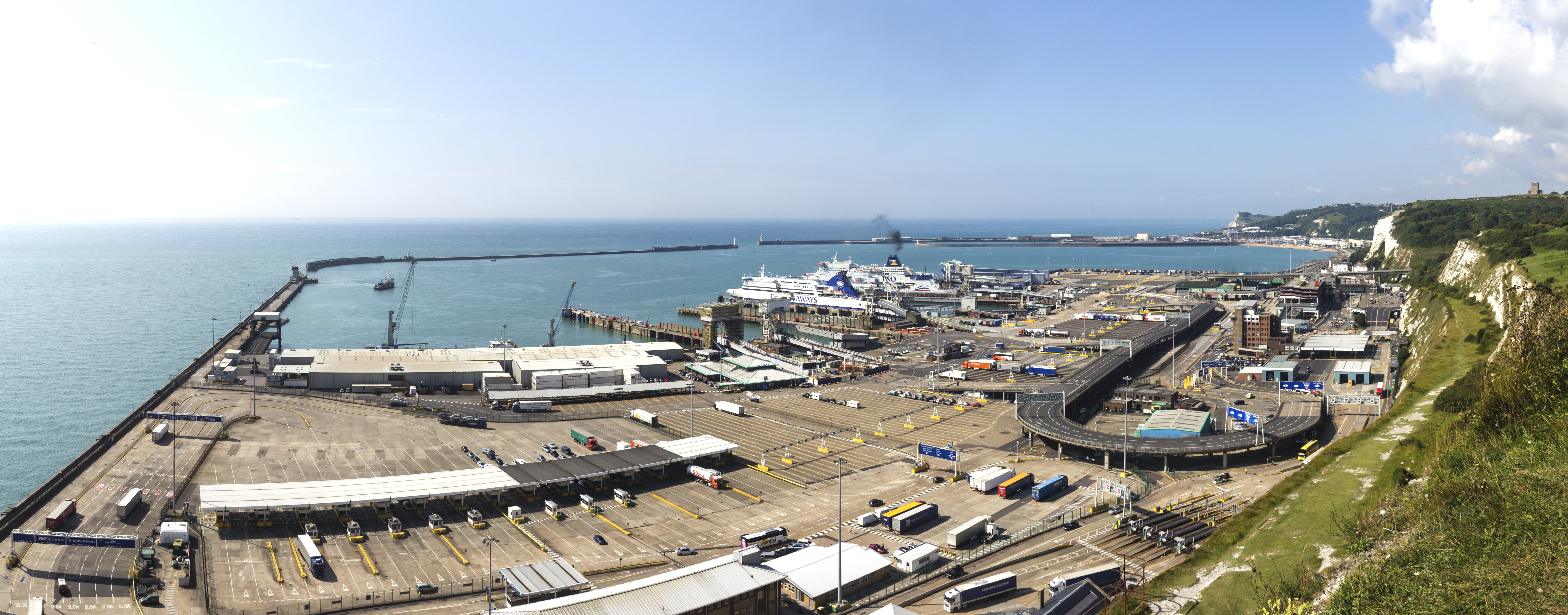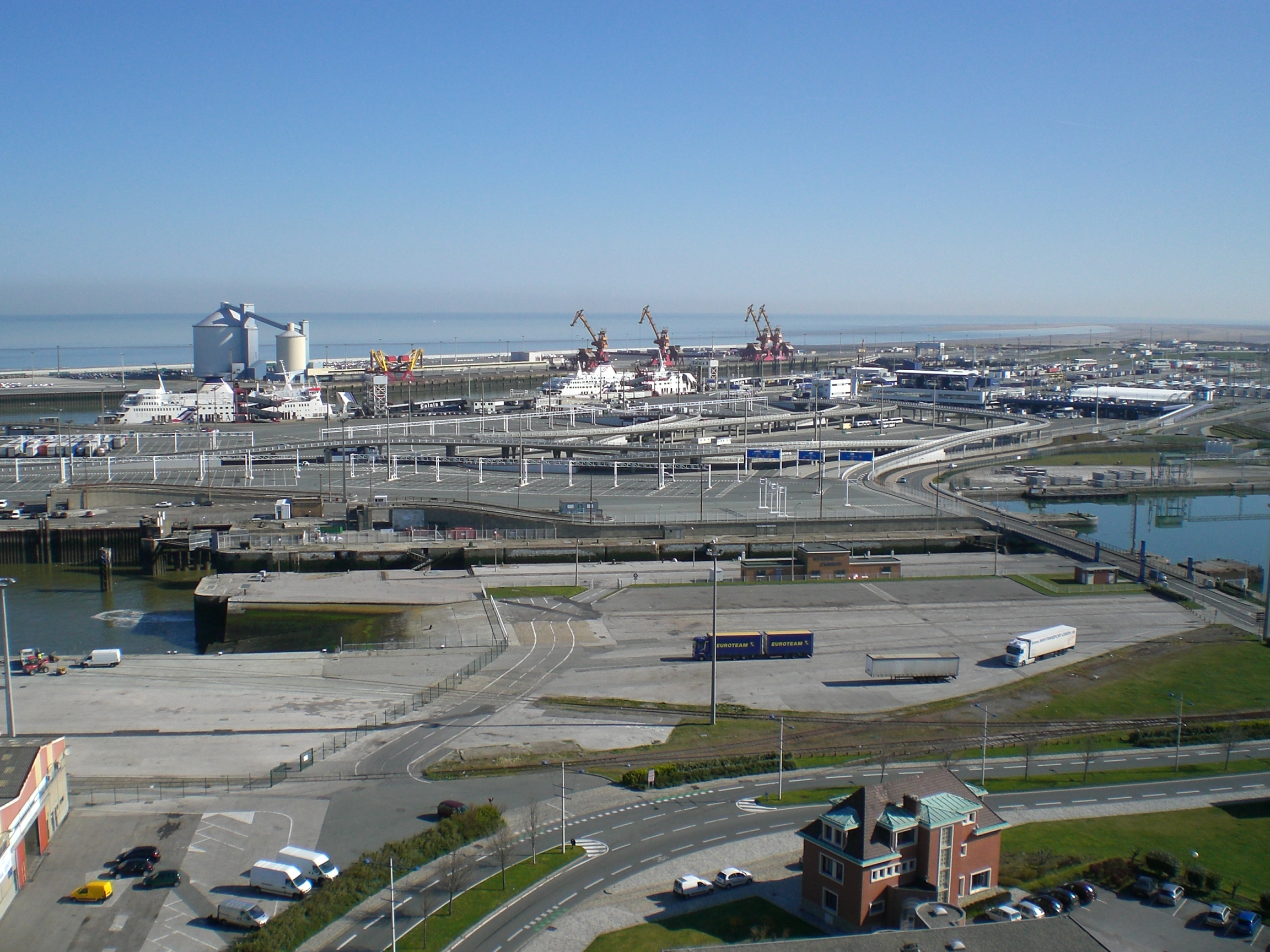|
Gare De Calais-Ville
Calais-Ville station (French: ''Gare de Calais-Ville)'' is a railway station in the city centre of Calais, France. History Gare de Ville opened in 1849, replacing the temporary St. Pierre station which had opened in 1846 and subsequently became the site of a marshalling yard. It was rebuilt in 1888–89. In 1900, the metre gauge Chemin de fer d'Anvin à Calais (CF AC) was extended from St. Pierre to Calais-Ville, enabling the closure of St. Pierre. In the Second World War, Calais-Ville station had been severely damaged in 1940 during the Battle of France, and further damaged in 1944 when Calais was liberated by Allied forces. The remaining station buildings were demolished and temporary buildings erected to serve until the station was rebuilt. The CF AC closed on 1 March 1955. Calais-Ville station was subsequently rebuilt. Services It is the principal station for commuter and short-distance rail services in Calais. Another station Calais-Fréthun, which is where longer distan ... [...More Info...] [...Related Items...] OR: [Wikipedia] [Google] [Baidu] |
Calais
Calais ( , , traditionally , ) is a port city in the Pas-de-Calais department, of which it is a subprefecture. Although Calais is by far the largest city in Pas-de-Calais, the department's prefecture is its third-largest city of Arras. The population of the city proper is 72,929; that of the urban area is 149,673 (2018).Comparateur de territoire: Aire d'attraction des villes 2020 de Calais (073), Commune de Calais (62193) INSEE Calais overlooks the Strait of Dover, the narrowest point in the |
Battle Of France
The Battle of France (french: bataille de France) (10 May – 25 June 1940), also known as the Western Campaign ('), the French Campaign (german: Frankreichfeldzug, ) and the Fall of France, was the Nazi Germany, German invasion of French Third Republic, France during the Second World War. On 3 September 1939, France French declaration of war on Germany (1939), declared war on Germany following the German invasion of Poland. In early September 1939, France began the limited Saar Offensive and by mid-October had withdrawn to their start lines. German armies German invasion of Belgium (1940), invaded Belgium, German invasion of Luxembourg, Luxembourg and German invasion of the Netherlands, the Netherlands on 10 May 1940. Fascist Italy (1922-1943), Italy entered the war on 10 June 1940 and attempted an Italian invasion of France, invasion of France. France and the Low Countries were conquered, ending land operations on the Western Front (World War II), Western Front until the Normandy l ... [...More Info...] [...Related Items...] OR: [Wikipedia] [Google] [Baidu] |
Railway Stations In Pas-de-Calais
Rail transport (also known as train transport) is a means of transport that transfers passengers and goods on wheeled vehicles running on rails, which are incorporated in tracks. In contrast to road transport, where the vehicles run on a prepared flat surface, rail vehicles (rolling stock) are directionally guided by the tracks on which they run. Tracks usually consist of steel rails, installed on sleepers (ties) set in ballast, on which the rolling stock, usually fitted with metal wheels, moves. Other variations are also possible, such as "slab track", in which the rails are fastened to a concrete foundation resting on a prepared subsurface. Rolling stock in a rail transport system generally encounters lower frictional resistance than rubber-tyred road vehicles, so passenger and freight cars (carriages and wagons) can be coupled into longer trains. The operation is carried out by a railway company, providing transport between train stations or freight customer facili ... [...More Info...] [...Related Items...] OR: [Wikipedia] [Google] [Baidu] |
Port Of Dover
The Port of Dover is a cross-channel ferry, cruise terminal, maritime cargo and marina facility situated in Dover, Kent, south-east England. It is the nearest English port to France, at just away, and is one of the world's busiest maritime passenger ports, with 11.7 million passengers, 2.6 million lorries, 2.2 million cars and motorcycles and 80,000 coaches passing through it in 2017, and with an annual turnover of £58.5 million a year. This contrasts with the nearby Channel Tunnel, the only fixed link between the island of Great Britain and the European mainland, which now handles an estimated 20 million passengers and 1.6 million trucks per year. The modern port facility features a large artificial harbour constructed behind stone piers and a defensive concrete breakwater. The port is divided into two main sections: the Eastern Docks serve as the main cross-channel ferry terminal, while the Western Docks contain a cruise ship terminal and a yacht marina along with cargo fac ... [...More Info...] [...Related Items...] OR: [Wikipedia] [Google] [Baidu] |
Lille Europe Station
Lille-Europe station (French: ''Gare de Lille-Europe'') is a SNCF railway station in Lille, France, on the LGV Nord high-speed railway. The station is primarily used for international Eurostar and long-distance SNCF TGV services, although some high-speed regional trains also call at the station. The station was built in 1993 to be used as a through station for trains between the UK, Belgium, and the Netherlands, as well as French TGV services, except those coming from Paris which normally terminate at Lille-Flandres. There is a walking distance between the two stations, which are also adjacent stops on the Lille Metro. Connections For travellers from the United Kingdom to destinations not served directly by Eurostar, connections are available here on trains towards Disneyland Paris, Charles de Gaulle International Airport, Lyon, Valence, then Avignon, Aix-en-Provence, Marseille St. Charles (and also on to Cannes and Nice); and Nîmes, Montpellier and Perpignan. After ... [...More Info...] [...Related Items...] OR: [Wikipedia] [Google] [Baidu] |
TER Hauts-de-France
TER Hauts-de-France is the regional rail network serving the region of Hauts-de-France, northern France. It is operated by the French national railway company SNCF. It was formed in 2017 from the previous TER networks TER Nord-Pas-de-Calais and TER Picardie, after the respective regions were merged. Network Four types of services are distinguished by TER Hauts-de-France: *Krono+ GV: fast connections, including high speed lines *Krono: fast connections between cities *Citi: frequent suburban services *Proxi: local services The rail and bus network as of April 2021: Rail Bus See also *Réseau Ferré de France *List of SNCF stations in Hauts-de-France This article contains a list of current SNCF railway stations in the Hauts-de-France region of France. Aisne (02) * Aguilcourt-Variscourt * Amifontaine * Anizy-Pinon * Barenton-Bugny * Bazoches * Bohain * La Bouteille * Château-Thierry * Chau ... References Rail transport in Hauts-de-France {{France-rai ... [...More Info...] [...Related Items...] OR: [Wikipedia] [Google] [Baidu] |
Port Of Calais
The Port of Calais in northern France is the fourth largest port in France and the largest for passenger traffic. It accounts for more than a third of economic activity in the town of Calais. Background The Port of Calais was the first cable ship port in Europe and is the fourth largest port in France and the largest for passenger traffic. After the Treaty of Le Touquet was signed by France and the UK on 4 February 2003, juxtaposed controls were established in the port. Passengers travelling from the port to Dover, UK go through French exit checks (conducted by the French Border Police and French Customs) as well as UK immigration entry checks (by the UK Border Force) before embarkation. UK Border Force officers have the power to arrest and detain individuals in the immigration control zone in the port. Customs checks remain unaffected by the Treaty. Therefore, on arrival in Dover, travellers might still be stopped by UK Border Force customs officers for a customs inspection. ... [...More Info...] [...Related Items...] OR: [Wikipedia] [Google] [Baidu] |
Les Fontinettes Station
Les Fontinettes station ( French: ''Gare des Fontinettes'') is a railway station in Calais, France. It is on a triangular junction, where the Coudekerque-Branche–Fontinettes railway, Lille–Fontinettes railway and Boulogne–Calais railway all meet. Some trains pass through the station twice, before and after calling at Calais-Ville. The station is served by TER Hauts-de-France trains travelling from Calais-Ville to Hazebrouck Hazebrouck (, nl, Hazebroek, , vls, Oazebroeke) is a commune in the Nord department, Hauts-de-France. It was a small market town in Flanders until it became an important railway junction in the 1860s. West Flemish was the usual language until 1 ..., Dunkirk and Boulogne. It has four platforms. References External links * Railway stations in Pas-de-Calais Buildings and structures in Calais {{HautsdeFrance-railstation-stub ca:Calais#Transports ... [...More Info...] [...Related Items...] OR: [Wikipedia] [Google] [Baidu] |
Calais-Fréthun Station
Calais-Fréthun station ( French: ''Gare de Calais-Fréthun'') is an SNCF international railway station in the suburbs of Calais, France. It is one of four stations serving the town; the others are Calais-Ville in the town centre, Fontinettes in the suburbs, and Beau Marais in the suburbs. The station has four platforms, two on the high-speed line for Eurostar services, and two for SNCF TER Hauts-de-France regional services. The TER platforms are also used by some TGV long-distance services. TGV The TGV stops here on journeys from Lille-Europe to Calais, Boulogne and Rang-du-Fliers-Verton-Berck, and Paris. TER Hauts-de-France The local trains are run by TER Hauts-de-France which covers the region. The station is served by regional trains to Calais, Boulogne, Arras, Amiens and Lille. Eurostar Calais-Fréthun is the first station on the continental side of the Eurostar route and passengers can alight here to connect onto the SNCF or LGV Nord services. three services a day ca ... [...More Info...] [...Related Items...] OR: [Wikipedia] [Google] [Baidu] |
Allies Of World War II
The Allies, formally referred to as the United Nations from 1942, were an international military coalition formed during the Second World War (1939–1945) to oppose the Axis powers, led by Nazi Germany, Imperial Japan, and Fascist Italy. Its principal members by 1941 were the United Kingdom, United States, Soviet Union, and China. Membership in the Allies varied during the course of the war. When the conflict broke out on 1 September 1939, the Allied coalition consisted of the United Kingdom, France, and Poland, as well as their respective dependencies, such as British India. They were soon joined by the independent dominions of the British Commonwealth: Canada, Australia, New Zealand and South Africa. Consequently, the initial alliance resembled that of the First World War. As Axis forces began invading northern Europe and the Balkans, the Allies added the Netherlands, Belgium, Norway, Greece, and Yugoslavia. The Soviet Union, which initially had a nonaggression pa ... [...More Info...] [...Related Items...] OR: [Wikipedia] [Google] [Baidu] |
Second World War
World War II or the Second World War, often abbreviated as WWII or WW2, was a world war that lasted from 1939 to 1945. It involved the vast majority of the world's countries—including all of the great powers—forming two opposing military alliances: the Allies and the Axis powers. World War II was a total war that directly involved more than 100 million personnel from more than 30 countries. The major participants in the war threw their entire economic, industrial, and scientific capabilities behind the war effort, blurring the distinction between civilian and military resources. Aircraft played a major role in the conflict, enabling the strategic bombing of population centres and deploying the only two nuclear weapons ever used in war. World War II was by far the deadliest conflict in human history; it resulted in 70 to 85 million fatalities, mostly among civilians. Tens of millions died due to genocides (including the Holocaust), starvation, ma ... [...More Info...] [...Related Items...] OR: [Wikipedia] [Google] [Baidu] |







